milkywaywhite: Dogs falling asleep in their food Holy shit










Dogs falling asleep in their food
Holy shit
pureconfusion: constanttransition: Nobody will ever be more...








Nobody will ever be more disappointed with humans than Louis CK
This is why I love this man.
vintagegal: Who Framed Roger Rabbit (1988) Love this movie!!
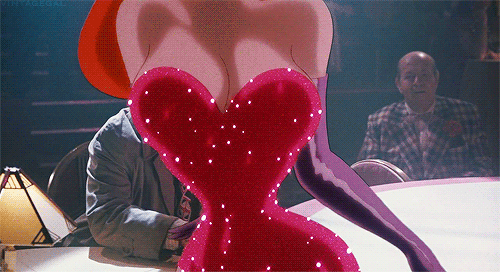
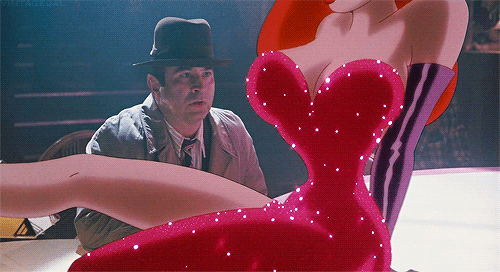
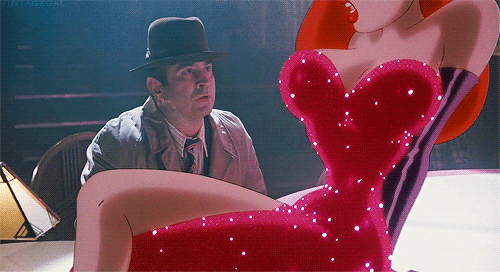
Who Framed Roger Rabbit (1988)
Love this movie!!
dear-sweet-aryan: nintendoggystyle: im gonna cry look at its...






im gonna cry look at its little face
That dog can catch better than i can…
Photo

worldofone: necronocturne: Datamancer's Art Deco Keyboard.This...






Datamancer's Art Deco Keyboard.
This glimmering polished aluminum keyboard pays homage to the streamlined, "Machine Age" styling of the 1920's with a glossy acrylic faceplate, reflective silver keys in a tall Art Deco font, and stepped layers of polished metal.OMGGGGGG I want this for my birthday!!
worldofone: freedomtomarry: If seven decades of commitment...
If seven decades of commitment isn't marriage, I don't know what is. William Campbell and John Hilton were together in the 50s, the 60s, the 70s, the 80s, the 90s, the 2000s, and the 2010s.
Watch this story of their life together.
my heart
ladyfresh: The Woman in a Jim Crow Photo By MAURICE BERGER When...
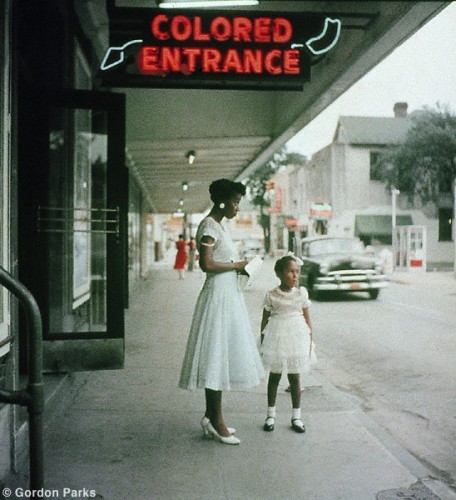
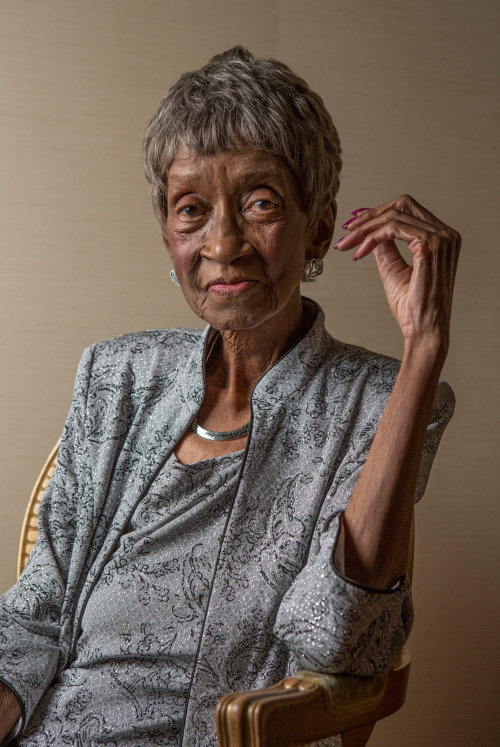
The Woman in a Jim Crow Photo
By MAURICE BERGERWhen Joanne Wilson stepped out to enjoy a balmy summer afternoon with her niece in 1956, she stepped into history. The two stood in front of a movie theater in downtown Mobile, Ala., dressed in their Sunday best. But the neon sign that loomed overhead — "Colored Entrance" — cast a despairing shadow.
"I wasn't going in," Mrs. Wilson recalled. "I didn't want to take my niece through the back entrance. She smelled popcorn and wanted some. All I could think was where I could go to get her popcorn."
That moment was captured by Gordon Parks, who was working on a Life photo essay that documented everyday life among an extended African-American family in the rural South. Although it was not among the final selections published in September 1956 as "The Restraints: Open and Hidden," the photograph of Mrs. Wilson and her niece, Shirley Diane Kirksey, is among the most compelling of the project.
We usually associate civil rights photography with dramatic scenes of historic events. But this image helps us to understand that the battle for racial equality and justice was waged not just through epic demonstrations, speeches and conflagrations, but also through the quiet actions of individuals.
More than half a century later, the Gordon Parks Foundation honored Mrs. Wilson with a gift of that color print during its celebrity-filled annual awards dinner at the Plaza Hotel in New York City. Speaking in a lilting but strong voice, Mrs. Wilson recounted on Tuesday night what it was like to encounter and work with Mr. Parks — how comfortable he made her feel and her need to teach him, the Northerner, "the things we could do and the things we could not do" under the watchful eyes of segregationists.White supremacists understood the power of the camera to expose their violent prejudices and turn the nation against them. As Mr. Parks recalled later, the risk of retaliation for participating in the Life story was great, both for the photographer and for his subjects. But neither he nor Mrs. Wilson would be intimidated.
Gordon Parks, courtesy of the Gordon Parks Foundation
A black classroom in Shady Grove, Ala., 1956.
"My family saw the photo essay as an opportunity to advance the cause of civil rights," said Michael Wilson, Mrs. Wilson's son and the family historian. "These pictures were going to be published in a national magazine. People across the country would clearly see the problem. They could see our plight. Maybe then we could get help."Despite the poverty and racial enmity all around her, Mrs. Wilson endeavored to make life for her family as normal as possible. In 1956, she married Troy Wilson, a longshoreman. They had two children. After receiving her college degree, she taught American government and economics for 36 years at Mattie T. Blount High School, which served a predominantly black and low-income community in Prichard, Ala.
Like her father, Albert Thornton Sr., she believed in the power of education to uplift African-Americans and prepare them to overcome racism and segregation. Each year, she organized a bake sale to finance a trip to Atlanta for her female students and introduce them to the city's historically black colleges.
Mrs. Wilson, who was not featured in the final photo essay, survived its publication relatively unscathed. Her sister and brother in-law, Allie Lee Causey and Willie Causey, were less fortunate. Mrs. Causey, a teacher in a ramshackle one-room schoolhouse in Shady Grove, Ala., was quoted in the piece as advocating integration as "the only way through which Negroes will receive justice." One of the most outspoken members of the Thornton family, she helped to organize voter drives and teach community members the Bill of Rights, the recital of which from memory was a prerequisite for African-Americans to vote in many Southern states.
As Life later reported, Mrs. Causey's candor and activism infuriated white supremacists, who taunted the couple about their participation in the photo essay. Service stations refused to sell gas to Mr. Causey, a woodcutter and farmer. He was soon accused of owing money on his truck, which was seized by alleged creditors. Without it, he was unable to work. Two weeks after the photo essay was published, Mrs. Causey was fired from her teaching job. Unable to make a living and fearing for their safety, the couple moved out of Alabama.
Mrs. Causey, who died in 2006, never taught again.
Despite these setbacks, the family had no misgivings about appearing in the piece. "Everyone was very impressed with the article," Mr. Wilson said. "They felt that they had made a friend. Gordon had become part of the family." After the essay was published, Mr. Parks would periodically check in with Mrs. Wilson's parents.
Mrs. Wilson's only quibble with the photograph of her and her niece was that Mr. Parks did not tell her the strap of her slip had fallen. "I always wanted to look neat and nice," she said. "I did not want to be mistaken for a servant. Dressing well made me feel first class. I wanted to set an example."
But Mr. Parks may have had a reason for the oversight: a desire to stress the human side of an image that, in its refinement and flair, could at first be mistaken for one of his fashion photographs. In this context, Mrs. Wilson was not just challenging racism and stereotypes through meticulous self-presentation. She was also going about her daily life, like millions of women, black and white — tending to the needs of an energetic young child, but in a hostile environment.
The price she paid for meeting this responsibility, as anyone who has cared for a child knows, was the distraction that made her overlook the fallen strap. Yet, it is this poignant detail that helps us to identify with her. And it is this appeal to empathy, a central goal of Mr. Parks's civil rights work, that helped him to challenge racism's abiding myth: that we are fundamentally different.
The decision of the Gordon Parks Foundation to honor Mrs. Wilson challenges another misconception: that history is principally the domain of the famous and powerful. As the Life photo essay shows, history is also made through the daily, unheralded acts of ordinary people. What we see in Mr. Parks's image is a determined and self-possessed woman, challenging stereotypes and fortifying herself against the poisonous tide of oppression that threatened to engulf her and her family.
Mrs. Wilson's humanity was under assault, and she chose, in her own way, to fight back. Fifty-seven years later, that moment is potent proof that even the smallest gesture, seen through the right eyes, can change the world.
Photo

livesexting: www.livesexting.tumblr.com

likeafieldmouse: Aron Demetz - The Tainted (2012) - Distressed...



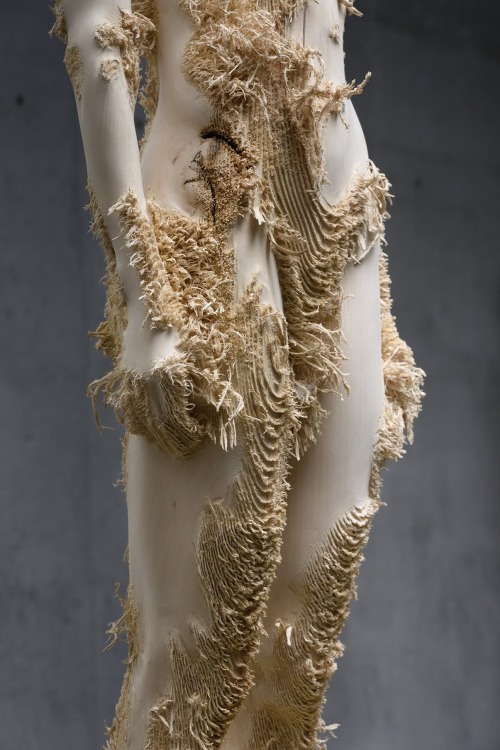
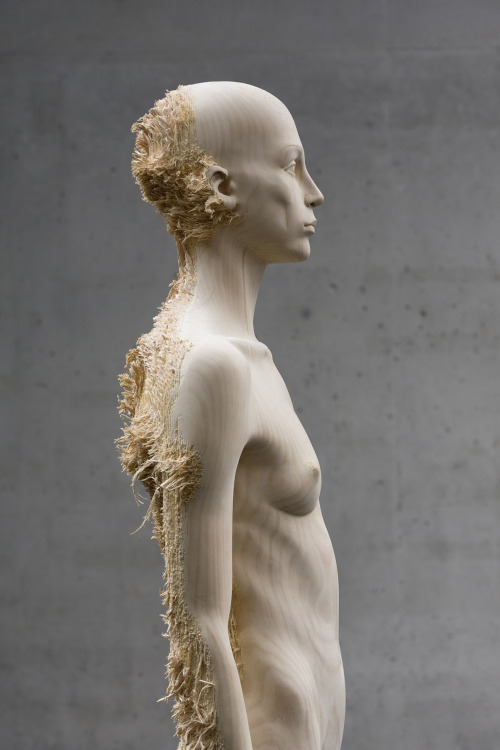
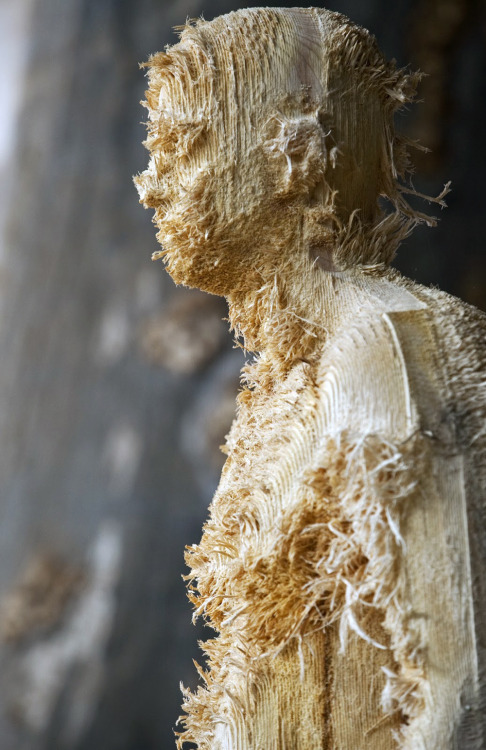
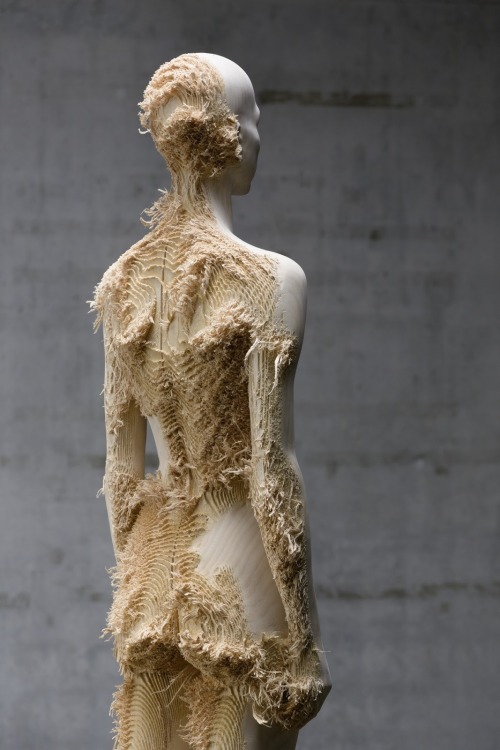
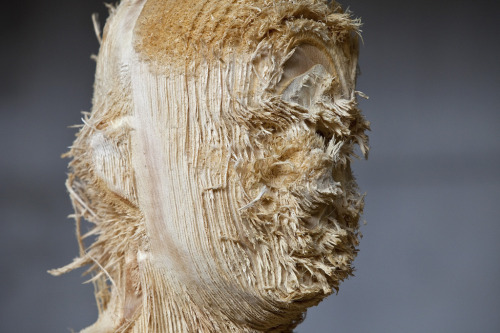
Aron Demetz - The Tainted (2012) - Distressed wood
worldofone: hitrecordjoe: The best #Beatles cover I ever did...
The best #Beatles cover I ever did see is by a baby :o)
this fills the hole in my heart that GoT left me.
h4ilstorm: cartagena sunset (by mariusz kluzniak)

cartagena sunset (by mariusz kluzniak)
comicbookcovers: Justice League International #18, #19,...
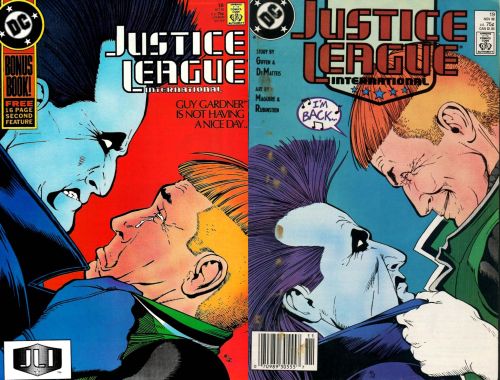
Justice League International #18, #19, October, November 1988, covers by Kevin Maguire And Joe Rubinstein
Photo

s0mmerspr0ssen: For his recently published picture book...
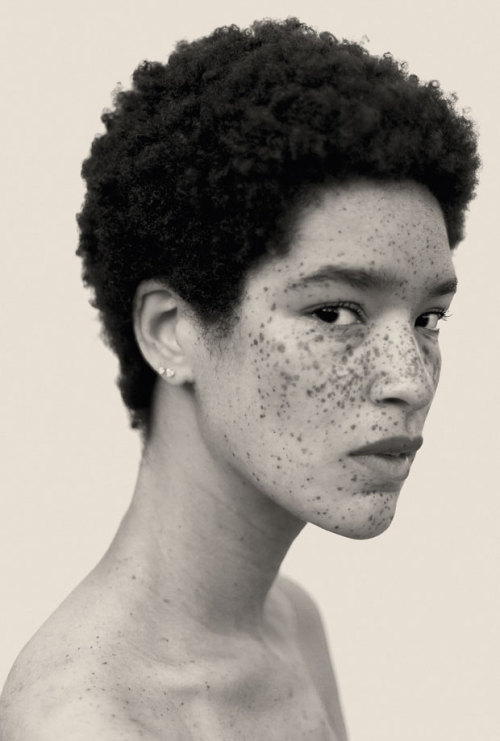
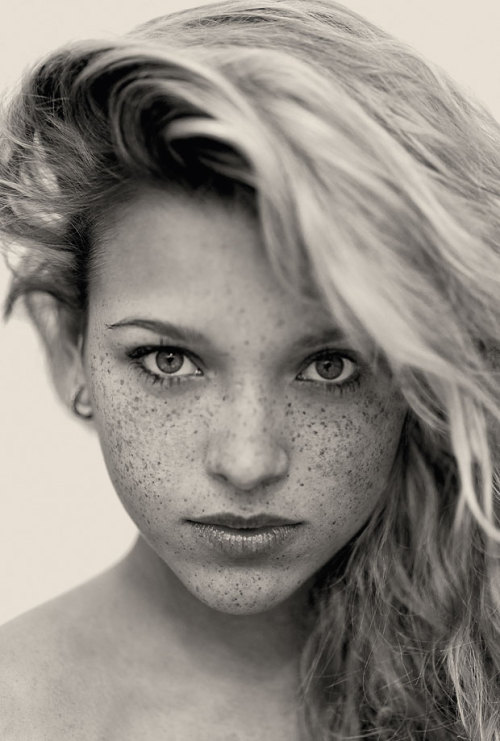
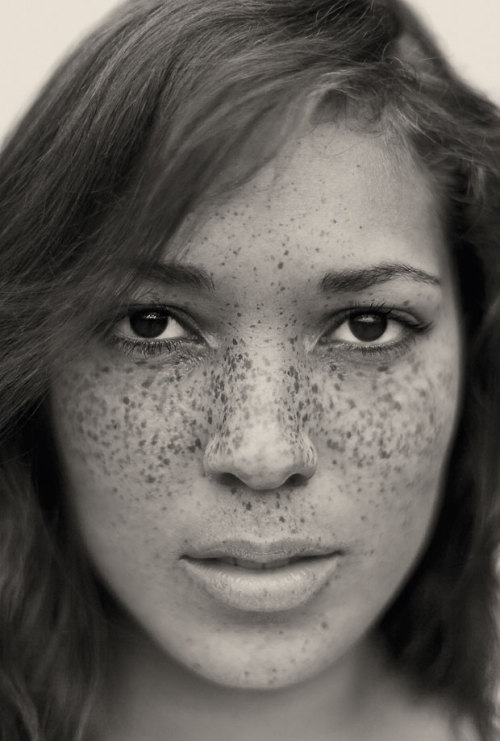
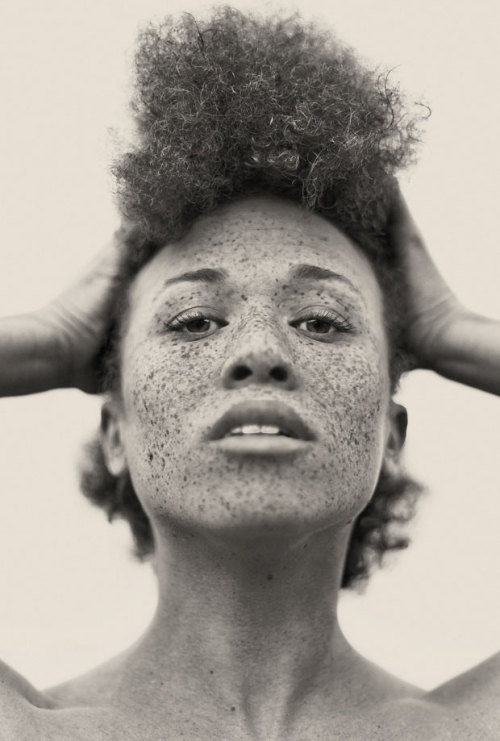
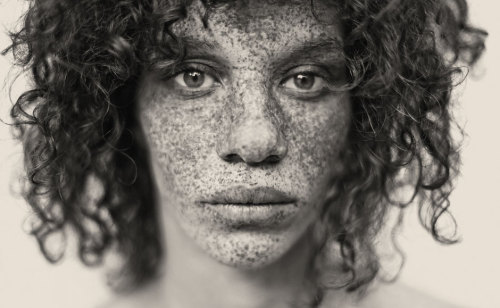
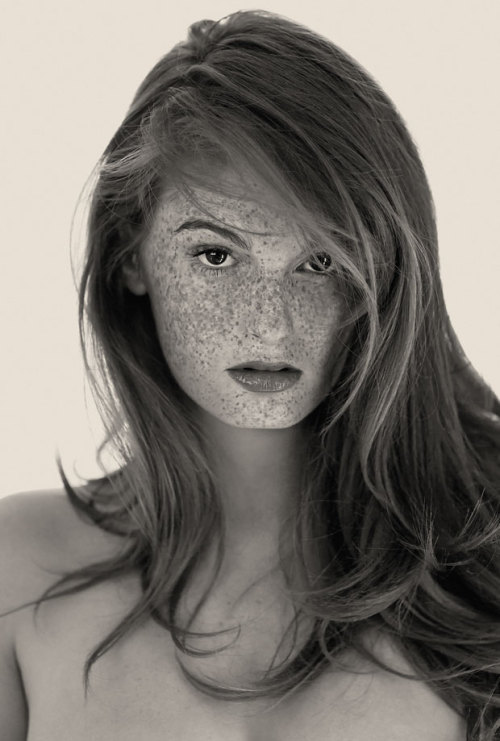


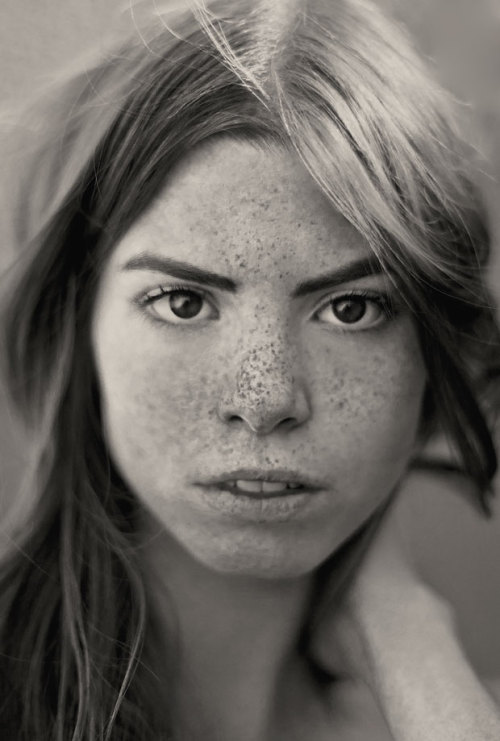
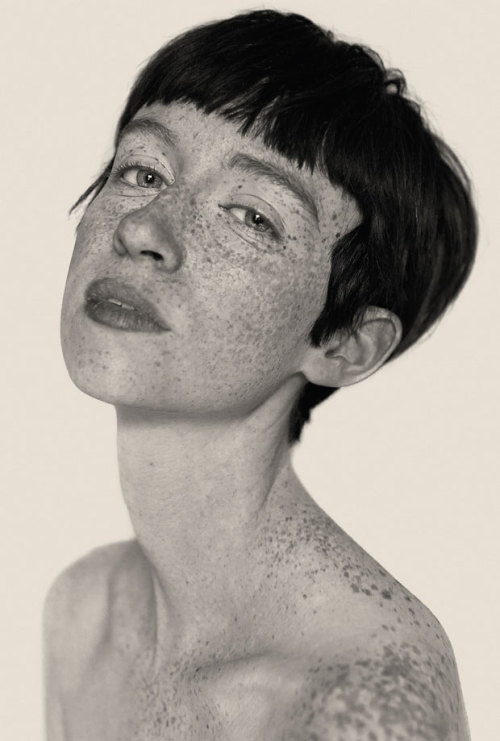
For his recently published picture book Freckles (Splice Pictures Publishing), the Swiss photographer Reto Caduff has taken pictures of freckled women all over Europe. His pictures prove: freckles are beautiful. Don't hide yourself in the shade! I think what I love about this the most is the vast diversity of people who are blessed with freckles. (x)
Holy hell
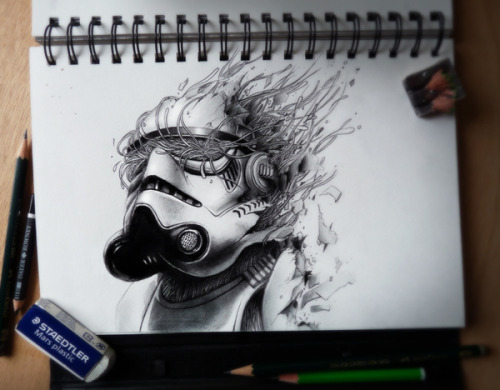

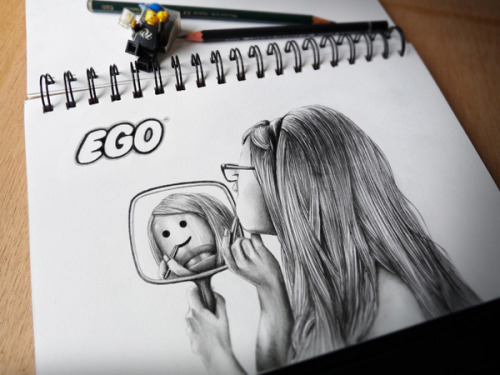
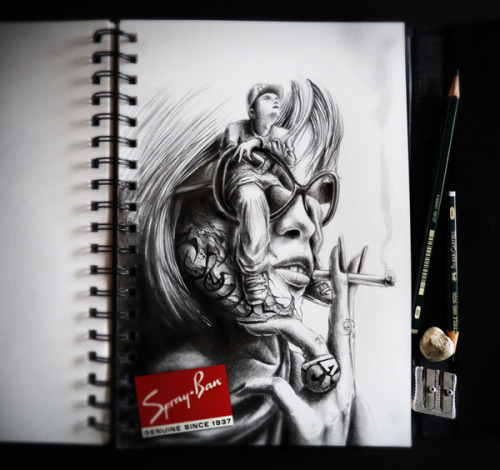
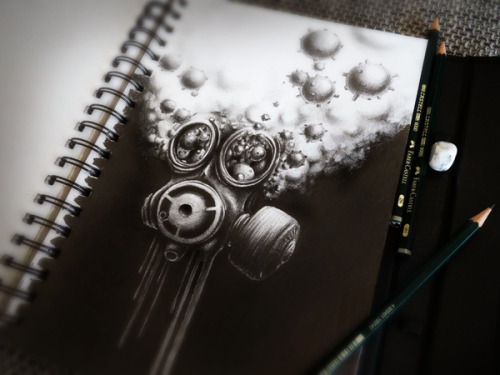

Holy hell
vurtual: G R A B (by yudi lim)

G R A B (by yudi lim)
draven926: adriofthedead: justjasper: siamese kittens meowing...
siamese kittens meowing and sounding like they've been dubbed over by toddlers making cat noises
siamese are super talkative kitties n I love them
there is nothing cuter than meowing kittens and you can't convince me otherwise
pamelabeesly: ok mom

ok mom














Nenhum comentário:
Postar um comentário